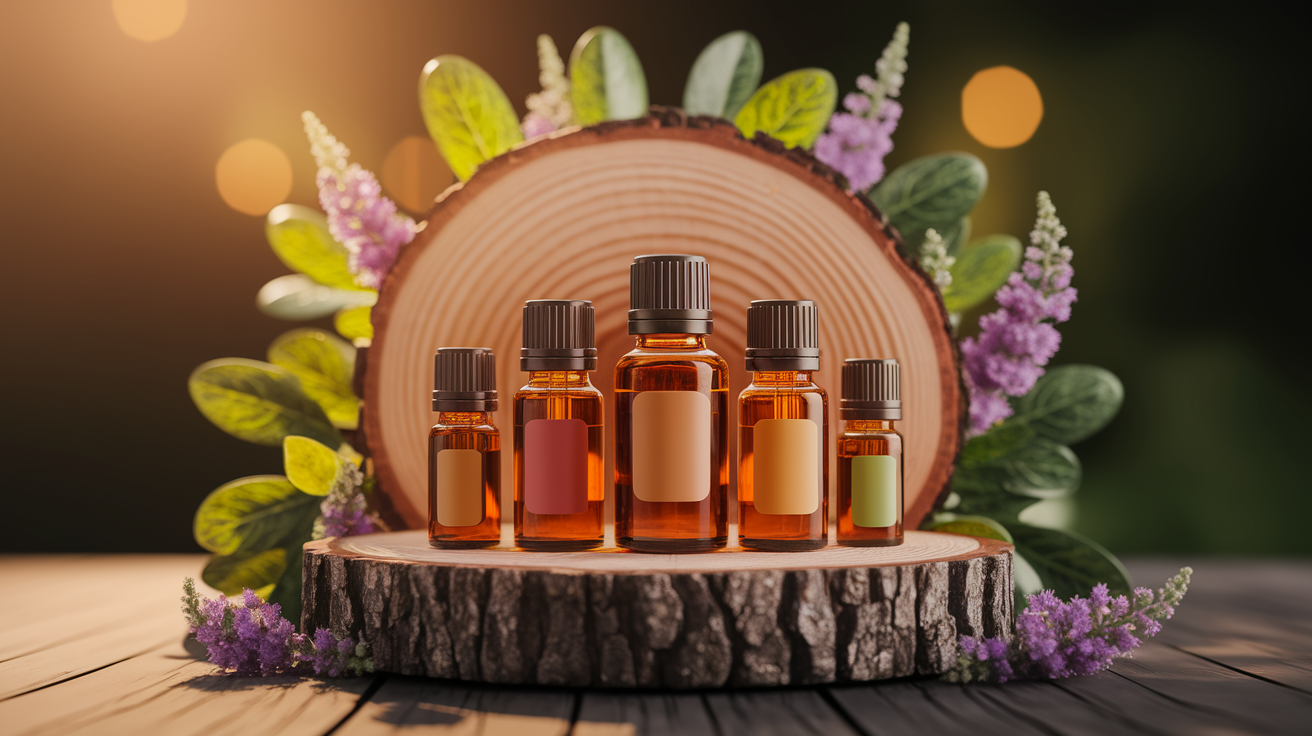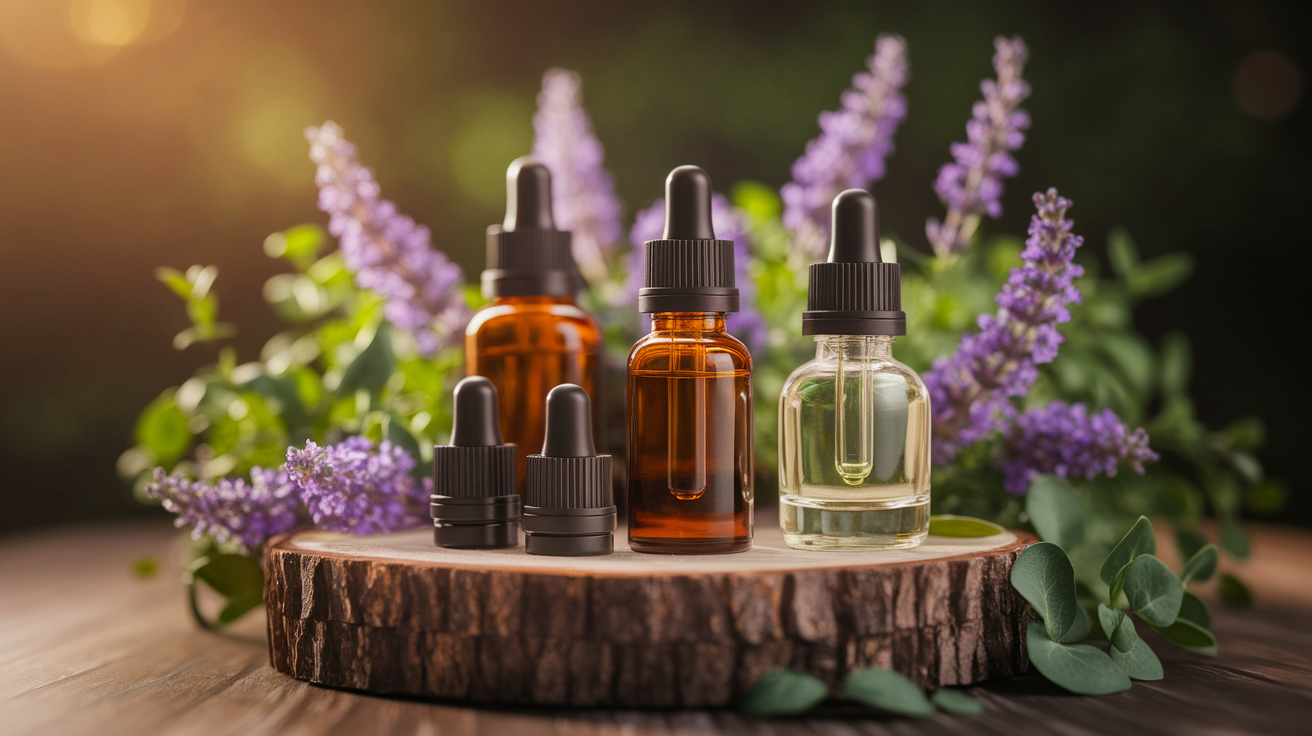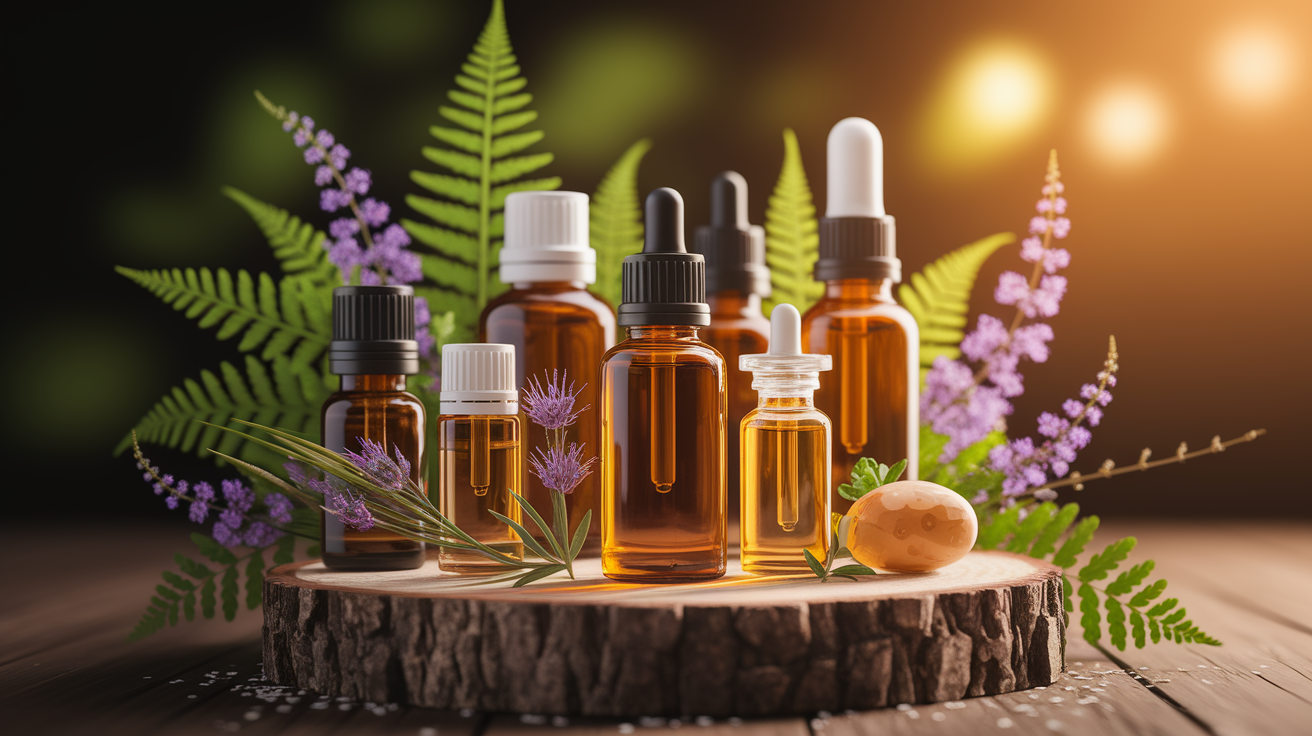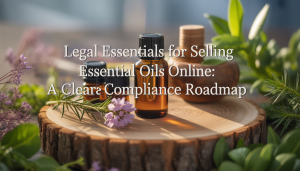A Fragrant Red Flag
It’s funny how something that smells so lovely can also carry a warning you don’t notice until you dig a little deeper. Picture a bottle of lavender oil—it promises calm, cozy moments—but inside, it holds a complicated mix of chemical constituents that act like tiny actors in your body’s hormonal drama. In some cases, certain oils, like lavender and tea tree, have raised eyebrows for potentially behaving like endocrine disruptors. That means they might mimic or block natural hormones, nudging your endocrine system off its usual course. These fragrant plant extracts, celebrated for aromatherapy, occasionally come with whispers of risk, especially when they interact with the hormone pathways that keep everything ticking in balance.

How Essential Oils Interact with Hormone Pathways
The endocrine system is like the conductor of a symphony, using hormones to cue every section—your metabolism, mood, sleep cycles, reproductive functions. Some essential oils contain bioactive compounds such as monoterpenes that can fit into hormone receptor sites the way a puzzle piece fits into its spot. Lavender and tea tree oils, for example, have compounds that show weak estrogenic activity and antiandrogenic effects, meaning they can subtly influence estrogen and testosterone levels. This can translate into potential changes in cortisol production, thyroid function, or reproductive hormone signaling when those compounds are present in high enough amounts or used repeatedly over time.

Evidence from Lab Studies to Real-World Cases
Here’s where science gets interesting—and a bit tangled. Laboratory and case studies have linked lavender and tea tree oil exposure to effects like premature thelarche in girls or unexpected breast development in boys, connecting the dots through estrogen receptor mimicry and androgen receptor blocking as outlined in hormonal activity research. Yet newer epidemiological research, like the critical reviews you’ll find here, has sometimes failed to find clear causal links, instead pointing out possible flaws or contamination in earlier studies. In other words, what starts as a solid lab finding can get fuzzy when you step into the real world, where exposure is variable and bodies are complex.
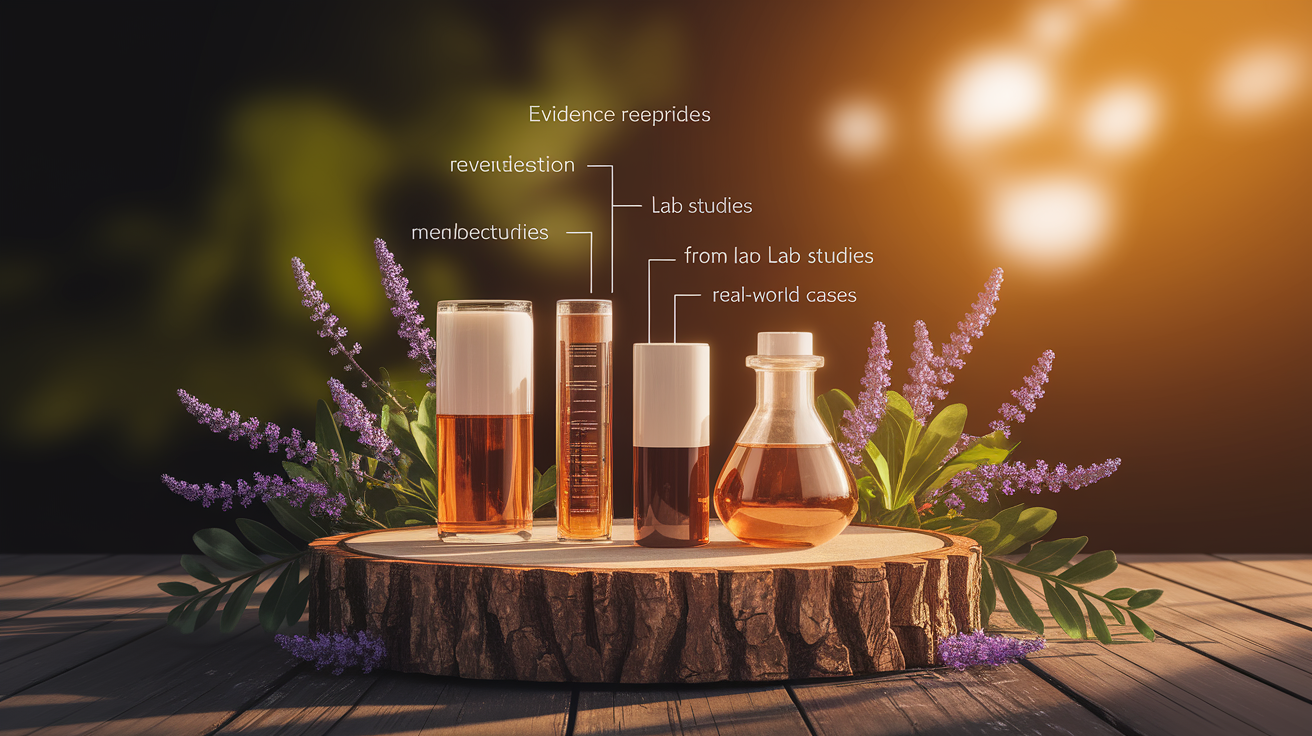
Therapeutic Potential Versus Hormonal Risks
This is the tricky balance—essential oils have a lot to offer. Take peppermint oil for focus, eucalyptus oil to clear sinuses, or rose oil to uplift mood; all these carry therapeutic effects that may touch hormonal health in supportive ways. Some plant extracts interact beneficially with receptors tied to oxytocin, progesterone, or estrogen, supporting natural remedies for menstrual discomfort or stress regulation. But powerful doesn’t always mean harmless. In concentrated doses, these same oils could influence reproductive hormones or affect adrenal glands in ways you don’t intend, especially during pregnancy or other sensitive hormonal stages.
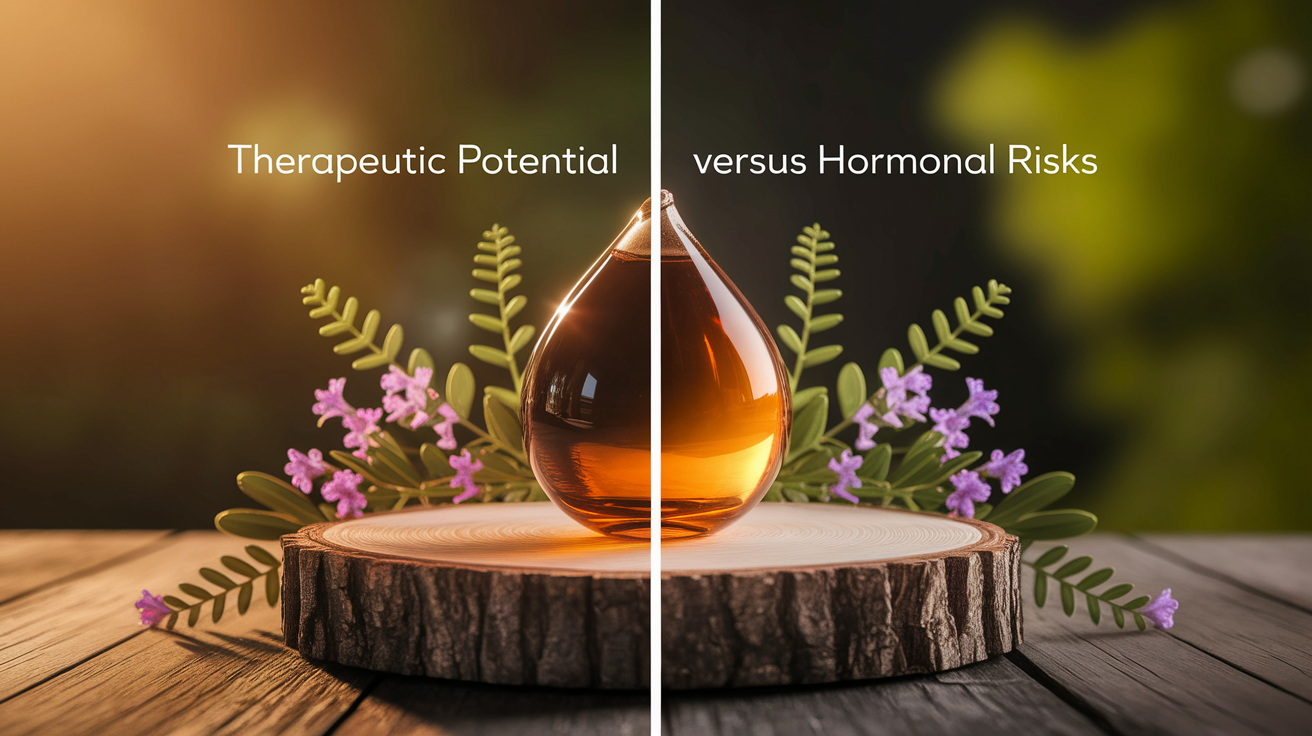
Practical Guidelines for Minimizing Endocrine Disruption
Sharp smells can carry sharp consequences if you don’t use them wisely. Here are some habits worth embracing:

- Use diluted oils for topical application, especially when trying new ones.
- Rotate between different oils rather than relying heavily on one type.
- Limit prolonged use of known endocrine-active oils like lavender and tea tree, particularly for children.
- Pay attention to your body’s responses—changes in mood, sleep, or menstrual cycles might be subtle signals.
- Consult credible research-backed sources before incorporating an oil into routine hormonal health practices.
Regulatory Outlook and Scientific Horizons
Right now, most essential oils find themselves in a regulatory grey zone. There are growing calls for oversight following evidence of endocrine disruption—as discussed in public health reviews—but official guidelines are sparse. Organizations like the FDA haven’t tightened rules for these fragrant bottles yet, but pressure mounts, especially to protect vulnerable populations like children, pregnant women, and those with hormone-sensitive conditions. On the science front, research is ongoing, blending lab experiments, computational receptor mapping, and larger population studies to sift out which oils risk interference and which hold safe therapeutic promise.
Breathing Easy with Hormonal Harmony
It’s a relief to know you can enjoy the beauty of aromatherapy without courting hormonal chaos—it just takes a little awareness. Choosing the right oils, respecting dosage guidelines, and staying alert to how your body responds puts you in charge. Essential oils are treasures, but even treasures need mindful handling. When the balance between scent and science is kept, every deep breath becomes a step toward both pleasure and wellbeing, with your endocrine system playing its symphony without a hitch.

